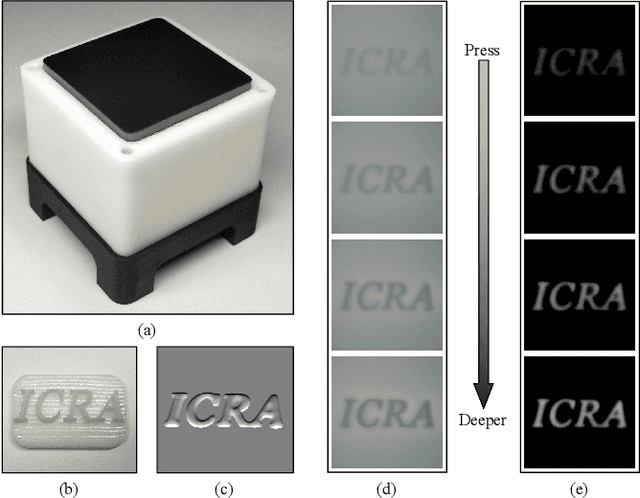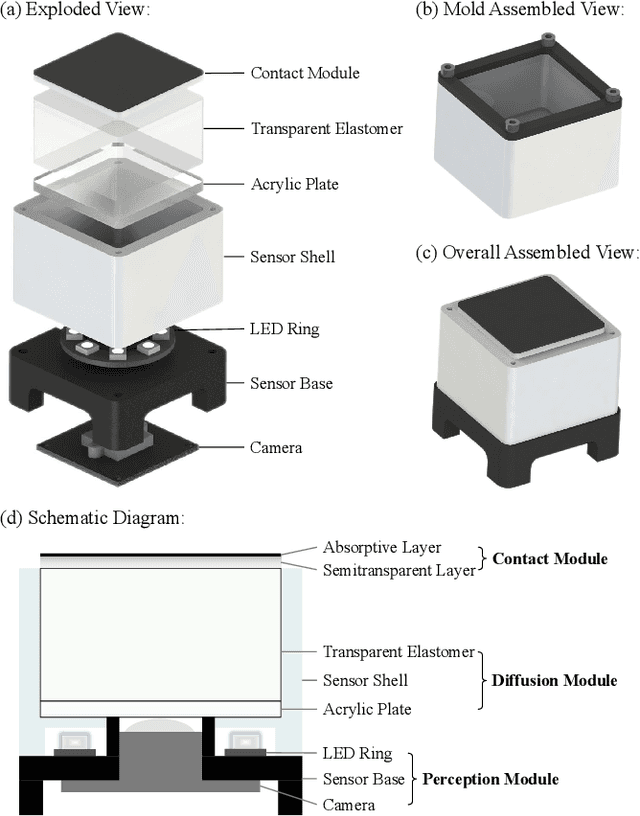Ziqi Lin
Matching-Driven Deep Reinforcement Learning for Energy-Efficient Transmission Parameter Allocation in Multi-Gateway LoRa Networks
Jul 18, 2024Abstract:Long-range (LoRa) communication technology, distinguished by its low power consumption and long communication range, is widely used in the Internet of Things. Nevertheless, the LoRa MAC layer adopts pure ALOHA for medium access control, which may suffer from severe packet collisions as the network scale expands, consequently reducing the system energy efficiency (EE). To address this issue, it is critical to carefully allocate transmission parameters such as the channel (CH), transmission power (TP) and spreading factor (SF) to each end device (ED). Owing to the low duty cycle and sporadic traffic of LoRa networks, evaluating the system EE under various parameter settings proves to be time-consuming. Consequently, we propose an analytical model aimed at calculating the system EE while fully considering the impact of multiple gateways, duty cycling, quasi-orthogonal SFs and capture effects. On this basis, we investigate a joint CH, SF and TP allocation problem, with the objective of optimizing the system EE for uplink transmissions. Due to the NP-hard complexity of the problem, the optimization problem is decomposed into two subproblems: CH assignment and SF/TP assignment. First, a matching-based algorithm is introduced to address the CH assignment subproblem. Then, an attention-based multiagent reinforcement learning technique is employed to address the SF/TP assignment subproblem for EDs allocated to the same CH, which reduces the number of learning agents to achieve fast convergence. The simulation outcomes indicate that the proposed approach converges quickly under various parameter settings and obtains significantly better system EE than baseline algorithms.
Multiagent Reinforcement Learning with an Attention Mechanism for Improving Energy Efficiency in LoRa Networks
Sep 16, 2023



Abstract:Long Range (LoRa) wireless technology, characterized by low power consumption and a long communication range, is regarded as one of the enabling technologies for the Industrial Internet of Things (IIoT). However, as the network scale increases, the energy efficiency (EE) of LoRa networks decreases sharply due to severe packet collisions. To address this issue, it is essential to appropriately assign transmission parameters such as the spreading factor and transmission power for each end device (ED). However, due to the sporadic traffic and low duty cycle of LoRa networks, evaluating the system EE performance under different parameter settings is time-consuming. Therefore, we first formulate an analytical model to calculate the system EE. On this basis, we propose a transmission parameter allocation algorithm based on multiagent reinforcement learning (MALoRa) with the aim of maximizing the system EE of LoRa networks. Notably, MALoRa employs an attention mechanism to guide each ED to better learn how much ''attention'' should be given to the parameter assignments for relevant EDs when seeking to improve the system EE. Simulation results demonstrate that MALoRa significantly improves the system EE compared with baseline algorithms with an acceptable degradation in packet delivery rate (PDR).
DTact: A Vision-Based Tactile Sensor that Measures High-Resolution 3D Geometry Directly from Darkness
Sep 28, 2022



Abstract:Vision-based tactile sensors that can measure 3D geometry of the contacting objects are crucial for robots to perform dexterous manipulation tasks. However, the existing sensors are usually complicated to fabricate and delicate to extend. In this work, we novelly take advantage of the reflection property of semitransparent elastomer to design a robust, low-cost, and easy-to-fabricate tactile sensor named DTact. DTact measures high-resolution 3D geometry accurately from the darkness shown in the captured tactile images with only a single image for calibration. In contrast to previous sensors, DTact is robust under various illumination conditions. Then, we build prototypes of DTact that have non-planar contact surfaces with minimal extra efforts and costs. Finally, we perform two intelligent robotic tasks including pose estimation and object recognition using DTact, in which DTact shows large potential in applications.
 Add to Chrome
Add to Chrome Add to Firefox
Add to Firefox Add to Edge
Add to Edge